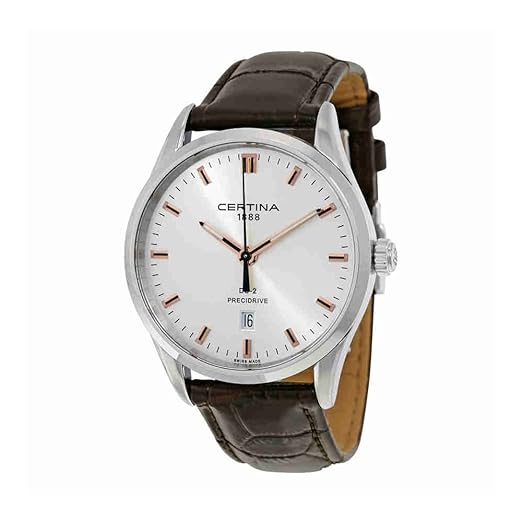


Serial Numbers By Year - Vintage Watches At Www ...
All you need is your watch's reference number or its make and model. You can usually find the reference number on the dial, case back, lugs, or in the watch's papers. Can't find the reference number or model name? Use the Watch Scanner in the Chrono24 app. It can recognize 15,000 watches and tell you their current market value with a single photo. Certina always had branded and non branded watches side by side but generally a higher grade movement is used in branded models. What you can do is to look at the serial number and on 60's models case backs look for a number that starts with 58 as this is the top of the line 25-651 automatic movement used from the late 50's to the late 70's. While Omega keeps the serial number on the inside of the backcase Certina leaves the serial number visible on the out site of the watch back case accompanied with a reference. The two numbers serves the same pourposes as explained in the Omega chapter above-written. While Omega keeps the serial number on the inside of the backcase Certina leaves the serial number visible on the out site of the watch back case accompanied with a reference. The two numbers serves the same pourposes as explained in the Omega chapter above-written.
See Full List On Wristchronology.com
I've had more than a few offline convos with folks about these watches and think it's high time we attempt to shed some light on the situation. As per SOP, one of the best ways of doing this is to make a post here and get feedback from fellow MWRines.
First, I'd like to get some input on my hypothesis about the history of the PH1000m. I believe the DS-3 PH1000m was introduced in 1976 as a successor to the DS-2 PH1000m and that it was powered by the cal. 919-1, which is a quickset date movement. The DS-2 PH1000m was produced from 1970-75 and was powered by the cal. 25-651 initially and then later by the 25-651M, both non-quickset date movements.
The above comes from both my own experience of a half-dozen PH1000m watches (civilian and RAN), reviewing catalogs and magazine advertisements, and the very informative vintage Certina website owned by a knowledgeable fellow vintage Certina WIS:
Certina
We all know that the RAN PH1000m watches were all DS-3s. This means they were purchased in the mid-70s, not the early 70s, and that they should all have the 919-1 quickset date movement. This is supported by the fact that the two earliest (lowest SN) RAN Certinas I'm aware of currently belong to Konrad (lambstew - SN18) and myself (SN27) and have 919-1s in them.
As always, building off of this we can gain even more knowledge and make a better judgment regarding engravings.
Here are the engraving photos I have in my files. Unfortunately, they are not all attributable so I apoligise in advance for having 'stolen' anyone's photos. They are presented in SN order.
The NSN pattern I see here is as follows:
Pattern A - #18, #27, #100 & #168 have the same NSN font - narrow and vertical (look at the straight-sided '6's and '0's). Within this group, some have 'S/No.' preceding the serial number and some have just the serial number.
Pattern B - #169 & #170 have the same NSN font - narrow with rounded '6's and '0's. Both of these have just the serial number marked.
Then there are the 'oddballs', #159, #187 and #320. None of these three form a pattern, with different NSN fonts and different SN marking styles.
I agree with George when he says that two or more contractors (or pursers) may have marked these watches and so it's difficult to say what's what. Furthermore, presumably some of these watches needed a new movement at some point in their lives and so may have had whatever was at hand put inside, a 25-651 for example.
I'm grateful for comments and more data points - let's have 'em!